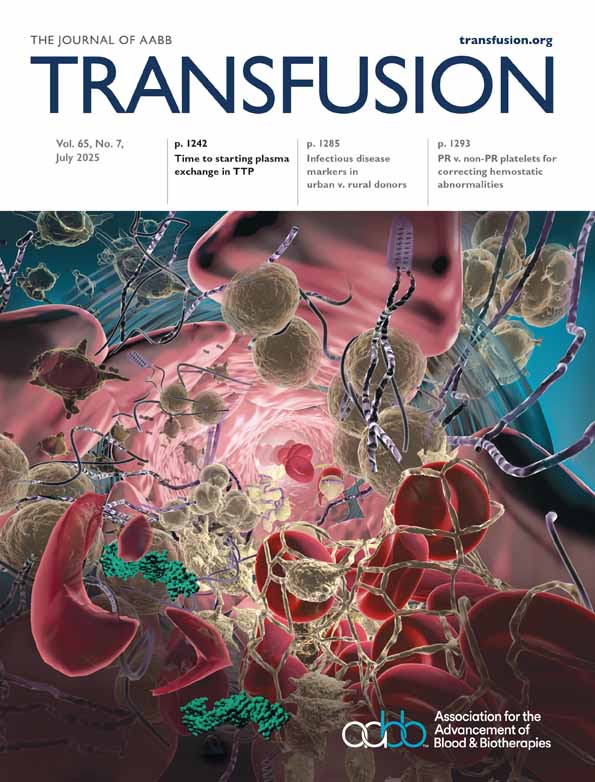Variability of prothrombin time and activated partial thromboplastin time in the diagnosis of increased surgical bleeding
Abstract
BACKGROUND: Prothrombin time (PT) and activated partial thromboplastin time (APTT) are used to diagnose causes of increased surgical bleeding and to guide treatment of acquired coagulation factor deficiency. This study compared the sensitivity of various commercial PT and APTT tests in patients with dilutional coagulopathy.
STUDY DESIGN AND METHODS: A prospective study was used to identify patients who experienced increased surgical bleeding during elective extensive (>10 spinal segments) spinal fusion and instrumentation. In patients with clinical signs of increased bleeding, blood was obtained to compare the sensitivity of various commercial PT and APTT tests. PT, PT ratio, the International Normalized Ratio (INR), APTT, and APTT ratio were compared for their sensitivity in the diagnosis of a dilutional coagulopathy.
RESULTS: Sixteen patients experienced increased bleeding during surgery. Mean estimated blood volume lost exceeded 1 blood volume (1.14 ± 0.28). PT and APTT test results varied markedly. In the most sensitive PT and APTT tests, the results were 1.5 times the mean reference range values in all but on of the patients. The least sensitive combination of tests had results that were 1.5 times the mean reference range values in only 2 of 16 patients. Variability among tests was not reduced by the use of the PT or the APTT ratio, by the use of INR, or by incorporation of a measure of PT or APTT test sensitivity to factor-deficient serum.
CONCLUSION: In surgical patients with dilutional coagulopathy, diagnostic and treatment decisions could depend on which PT and APTT test was used to determine the etiology of increased bleeding. This study indicates that the relationship between increased bleeding and an increased PT and APTT may be more difficult to define than is suggested by current practice guidelines. Each laboratory must establish guidelines based on reagent and instrument sensitivity to coagulation factor dilution.




